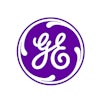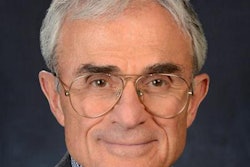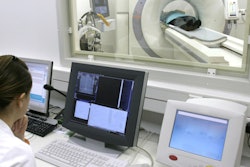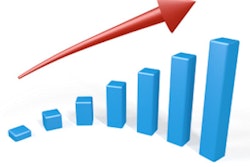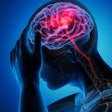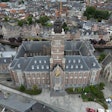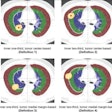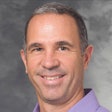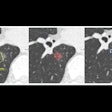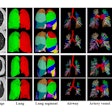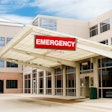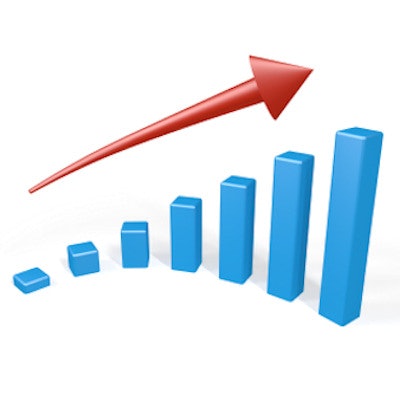
The utilization rate of coronary CT angiography (CCTA) by radiologists has hit an all-time high since Medicare started covering the test in 2006 -- now surpassing the usage rate of CCTA by cardiologists by 20%, according to an article published online August 26 in the Journal of the American College of Radiology.
Multiple studies have shown that using CCTA may increase the efficiency of diagnosing coronary artery disease over more widely used imaging tests such as SPECT myocardial perfusion imaging (MPI). A recent follow-up study of the Scottish Computed Tomography of the Heart (SCOT-HEART) trial further reported that CCTA helped improve patient outcomes compared with standard care.
But how often do physicians use CCTA in actual clinical practice?
To answer this question, Dr. David C. Levin and colleagues from Thomas Jefferson University examined the utilization rates of all cardiac imaging procedures in the Medicare Part B Physician/Supplier Procedure Summary (PSPS) files between 2006 and 2016. They categorized the data by physician specialty for each imaging procedure -- including CCTA, MPI, and stress echocardiography -- as well as by the primary place of service.
The overall trend for CCTA use by all physicians showed a steep increase from 2006 to 2007, followed by a decrease until 2012 and a gradual increase from 2013 through 2016. The pattern was similar for both cardiologists and radiologists until 2012, after which only the use of CCTA by radiologists began to rise.
During peak usage in 2007, cardiologists interpreted approximately double the number of CCTA exams as radiologists. By 2016, however, radiologists examined roughly 20% more CCTA scans than cardiologists did. In 2016, radiologists' utilization rate for the test was 13% higher than at its former peak in 2007, whereas cardiologists' utilization rate fell to less than 60% of its peak -- also in 2007.
| CCTA usage rate per 100,000 Medicare beneficiaries | ||||
| Setting | 2007 | 2016 | ||
| Cardiologists | Radiologists | Cardiologists | Radiologists | |
| All settings | 126.4 (60%) | 66.7 (32%) | 50 (38%) | 75.7 (58%) |
| Hospital outpatient | 18 | 26.2 | 25.6 | 43 |
| Hospital inpatient | 4.3 | 6.5 | 5.3 | 10.9 |
| Emergency department | 0.41 | 1 | 0.84 | 4.5 |
| Private office | 103.1 | 33 | 18.3 | 17.4 |
For radiologists, the overall usage rate of CCTA has increased, with the most rapid growth taking place in hospital outpatient departments. In contrast, cardiologists now use the exam at the lowest rate since Medicare has covered the exam -- mainly due to marked declines in use in private offices.
"This trend seems likely to continue with improvements in the technology and increasing recognition of the value of CCTA among referring physicians," the authors wrote. "It thus seems that despite an earlier trend, radiologists have achieved a solid footing in this important aspect of cardiac imaging."
Furthermore, the progressively increasing role of radiologists in the field has implications for the training of cardiac radiology residents, fellows, and technologists in future years, they concluded.



